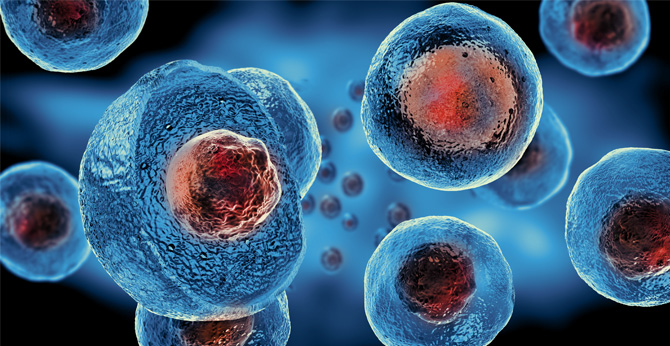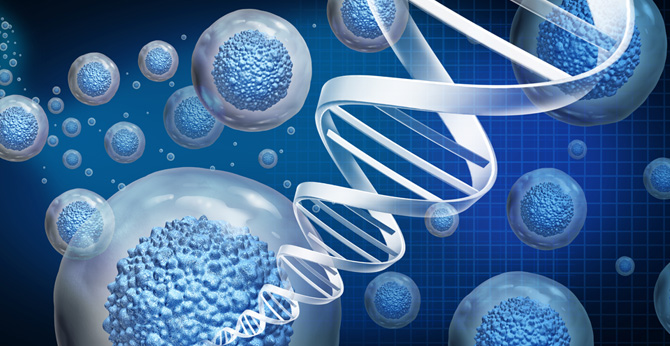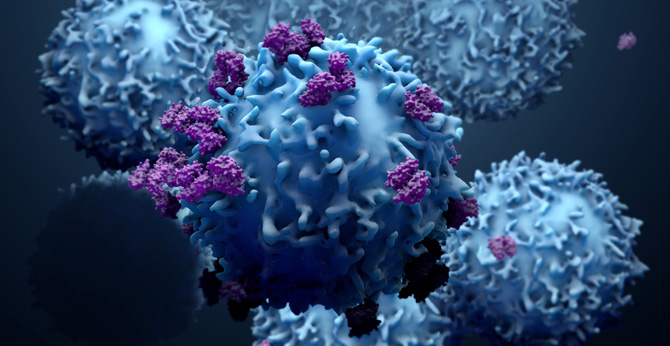All products and services are For Research Use Only and CANNOT be used in the treatment or diagnosis of disease.
Recombinant Moloney murine leukemia virus (MMLV) retroviral vectors serve as efficient viral vector tools for introducing genes permanently into a wide variety of dividing cells, and provide an alternative to modify primary T cells. Creative biolabs has developed retroviral CAR vector pMMLV HER2 (FRP5) h(BBζ), which is constructed for the engineering of T cells to target human HER2. The T cells are genetically modified through transduction with a retroviral vector expressing scFv of anti-HER2 antibody linked to CD137 (4-1BB) and CD3-zeta signaling domains. And the vector product was designed for the treatment of Breast cancer.
There are currently no customer reviews or questions for Anti-HER2 (FRP5) h(41BB-CD3ζ) CAR, pMMLV (CAR-MV-01LX266). Click the button below to contact us or submit your feedback about this product.
For research use only. Not intended for any clinical use. No products from Creative Biolabs may be resold, modified for resale or used to manufacture commercial products without prior written approval from Creative Biolabs.
For any technical issues or product/service related questions, please leave your information below. Our team will contact you soon.
 NEWSLETTER
NEWSLETTER
The latest newsletter to introduce the latest breaking information, our site updates, field and other scientific news, important events, and insights from industry leaders
LEARN MORE NEWSLETTER NEW SOLUTION
NEW SOLUTION
CellRapeutics™ In Vivo Cell Engineering: One-stop in vivo T/B/NK cell and macrophage engineering services covering vectors construction to function verification.
LEARN MORE SOLUTION NOVEL TECHNOLOGY
NOVEL TECHNOLOGY
Silence™ CAR-T Cell: A novel platform to enhance CAR-T cell immunotherapy by combining RNAi technology to suppress genes that may impede CAR functionality.
LEARN MORE NOVEL TECHNOLOGY NEW SOLUTION
NEW SOLUTION
Canine CAR-T Therapy Development: From early target discovery, CAR design and construction, cell culture, and transfection, to in vitro and in vivo function validation.
LEARN MORE SOLUTION

